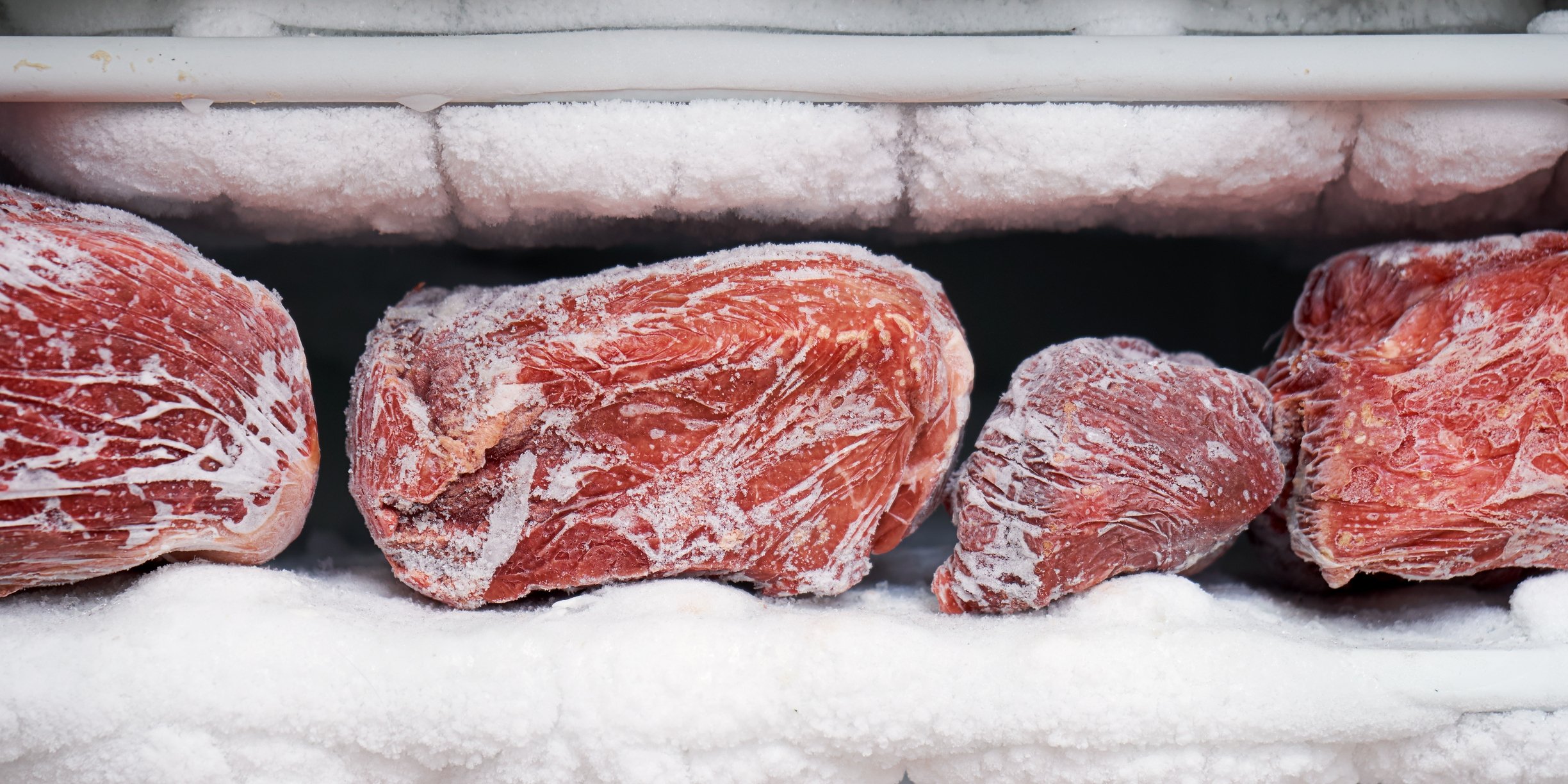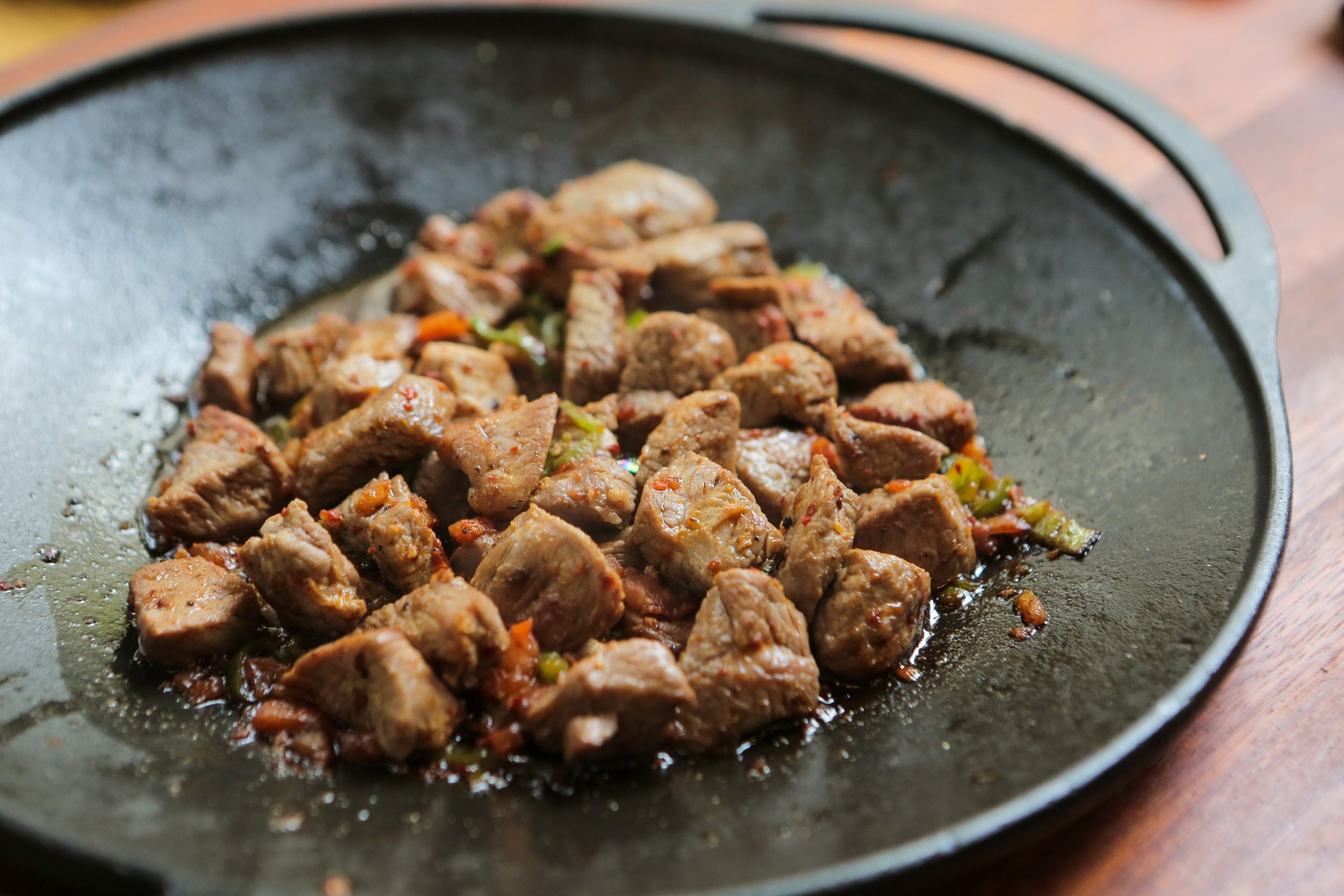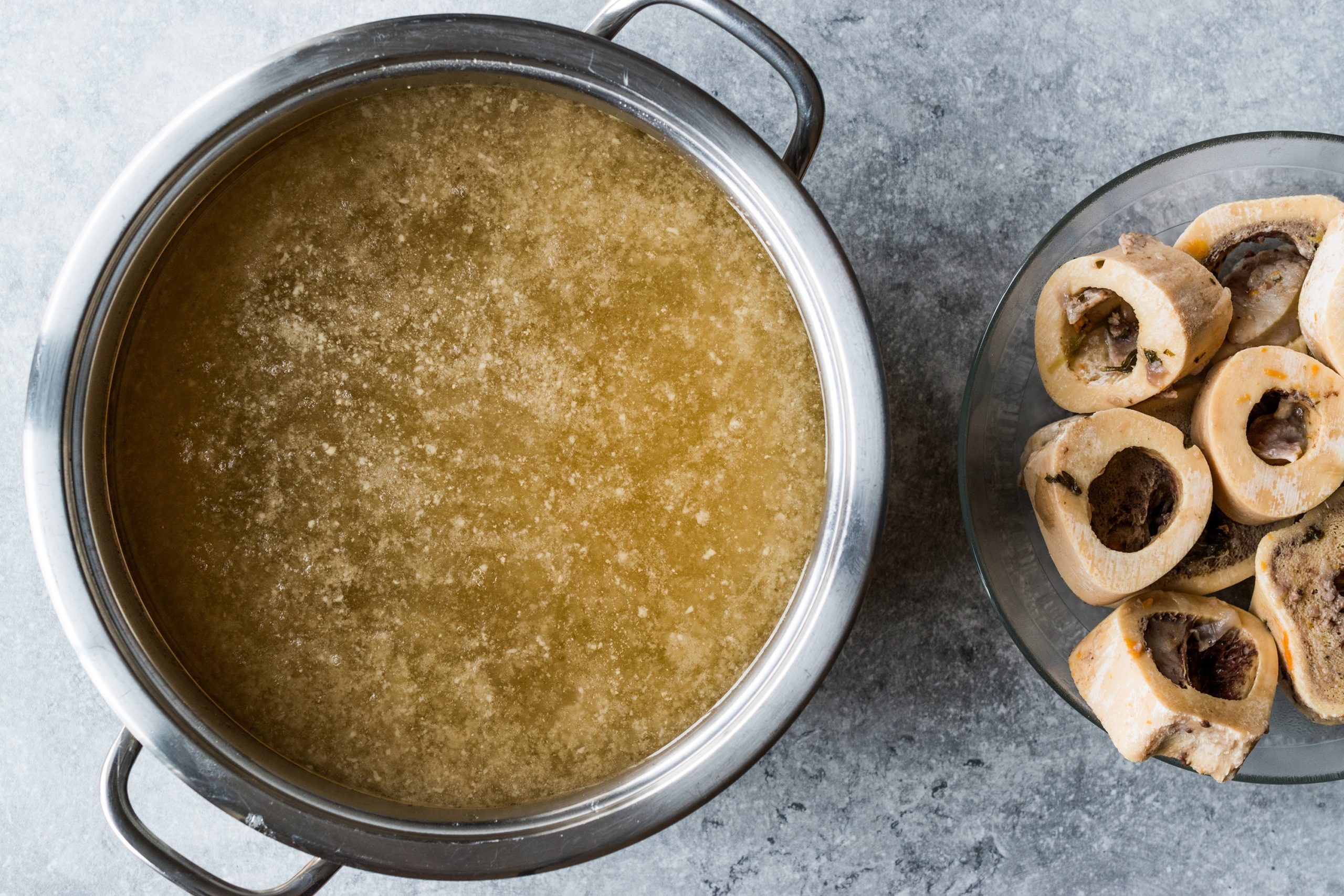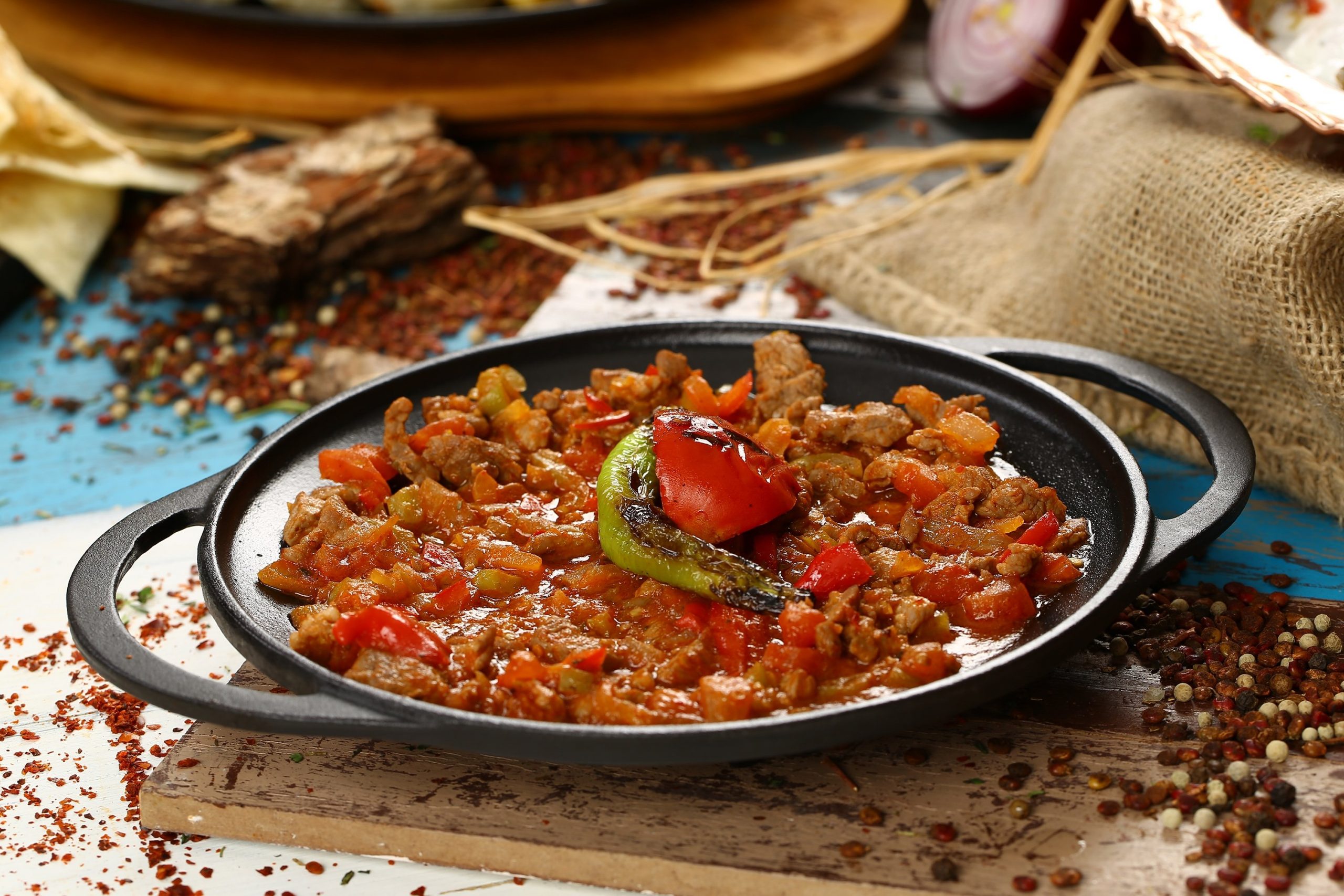Every year, the question of how to handle the meat of sacrificed animals, be it from a cow, sheep or goat, for Qurban Bayram, aka Eid al-Adha or the Feast of Sacrifice, comes to the forefront once again. And every year, we see people making the same mistakes over and over again, from outright ruining the freshly cut meat to making it harmful for human health. People with gastrointestinal problems in particular will also have to be more patient if they don’t want to spend the holiday on the toilet or in bed. Here are some points to keep in mind when preparing and cooking your meat:
Let. It. Rest.
As tempting as it is to directly throw your meat onto a grill or a barbeque or marinate them in their own fat there to be braised, there is something major that many forget: rigor mortis. You might have heard of (or read about) this term in a police drama or a murder-mystery novel when they find a corpse. It basically means that the meat toughens or stiffens (rigor) after death (mortis). This stiffness might be good for chopping up the pieces you want to keep in the freezer but it is not the smartest idea to eat it in that state. Aside from making your stomach hurt, the taste will not be quite right.
So how long should you wait?
Preferably you should wait 24 hours to eat the meat, but there are, of course, many factors that go into this estimate, such as the animal itself and the temperature outside. But as it is customary to eat the sacrificial meat on the days of Eid, a minimum of 12 hours should be allotted. For the impatient who might not think this is necessary, I just want to point to the fact that butcher shops let their meat rest for at least 24 hours in a cool and airy place before doing anything with it. They are the professionals, so we should be heeding their advice.

How should I store it?
The animal has been sacrificed and everyone has gotten their cut. Now what? I remember years ago that my aunt stuffed the meat into plastic bags and let them wait in a relatively warm place. The next day she complained that the meat had gone bad, not surprisingly. With no fresh air inside the bag, condensation starts to builds up around the meat and this moisture, coupled with heat, creates the perfect breeding ground for bacteria.
Firstly, the meat needs to cool down on its own and preferably in an airy environment. So putting your meat into a bowl or on a tray and spreading it as thin as possible to allow it to cool off is essential. Once it has gotten to room temperature, you should keep the meat in a cold place – a fridge, of course, is the best option. Depending on how you want to use your meat, you can cut and arrange the pieces, put them in freezer-safe bags or containers and put them away. One important thing to note here is that you should avoid using something too thin to wrap the meat when placing it in the freezer. If the covering or bag is too thin or is not of the right material, you will be left with freezer burn, which will show up on the meat as grayish spots. It is actually safe to eat, but if you do not know where the grayness came from, you might end up throwing it away. The only problem with these gray patches is that they will dry out the meat and not offer a pleasant dining experience.
Once the meat is out of the freezer and has thawed, you cannot put it back into the freezer again, so make sure you only take out what you need. It is also noteworthy that if the meat has remnants of dust or soil on it, depending on where it was cut, you will want to cut those parts away and avoid washing it. The washing of meat is problematic in itself as the bacteria nestled in the dirt can get into the meat and contaminate it. Again, bacteria love warmth and moistness, so avoid washing it and save yourself from sickness.

How should I cook it?
Once the meat has rested for ample time, feel free to prepare it in the way you like (braise it, roast it, boil it) but keep in mind that you want to avoid cross-contamination while using a cutting board. The board you use for the meat should not be the same one you use to cut up your vegetables – which you should definitely be included in your Bayram menu, one way or the other.
When you want to barbeque the meat, you will want to be careful and not place it too close to the actual fire. Let it cook, not turn to charcoal by burning. Eating burnt meat is also cancerous, and let’s be honest: Who wants to eat tough, dry chunks of meat anyway?

Don’t forget the bones
Every Eid, I always look forward to my aunt’s “kelle paça” soup, a traditional Turkish dish with lots of spices, made with the head (kelle) and other bones of the animal. There is no need to get fancy here – the simpler the better. Once all the meat has been processed, cut the bones down to a size small enough to fit into a pot and boil them for a bit. Once the broth is done boiling, turn the stove off and let the pot cool. Pour the bone broth into smaller freezer-safe containers, and there you have yourself one of the most potent and vitamin-rich broths that can be saved for later and added to any kind of dish.
Last Updated on Jul 30, 2020 12:56 pm by Yasemin Nicola Sakay










Discussion about this post